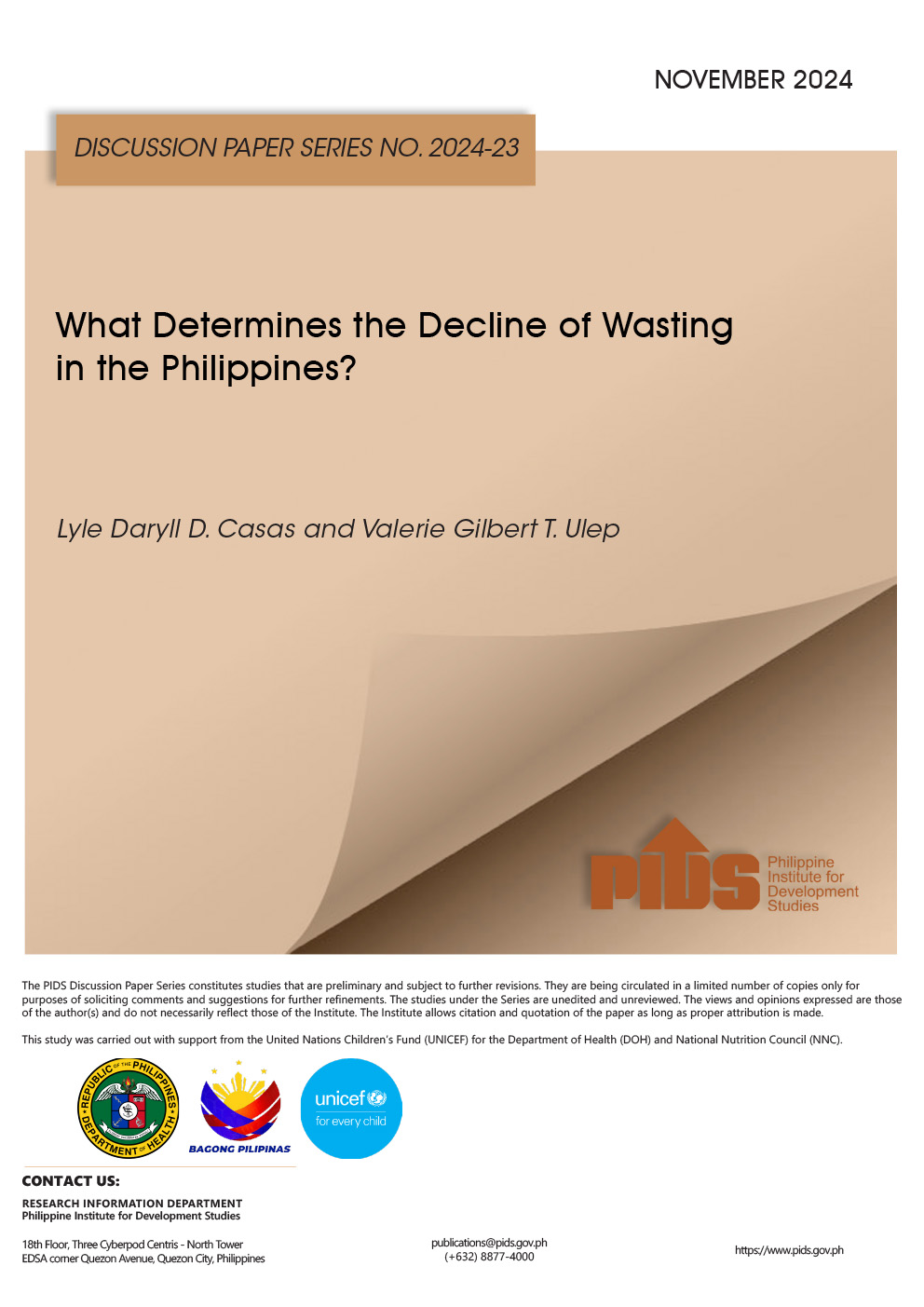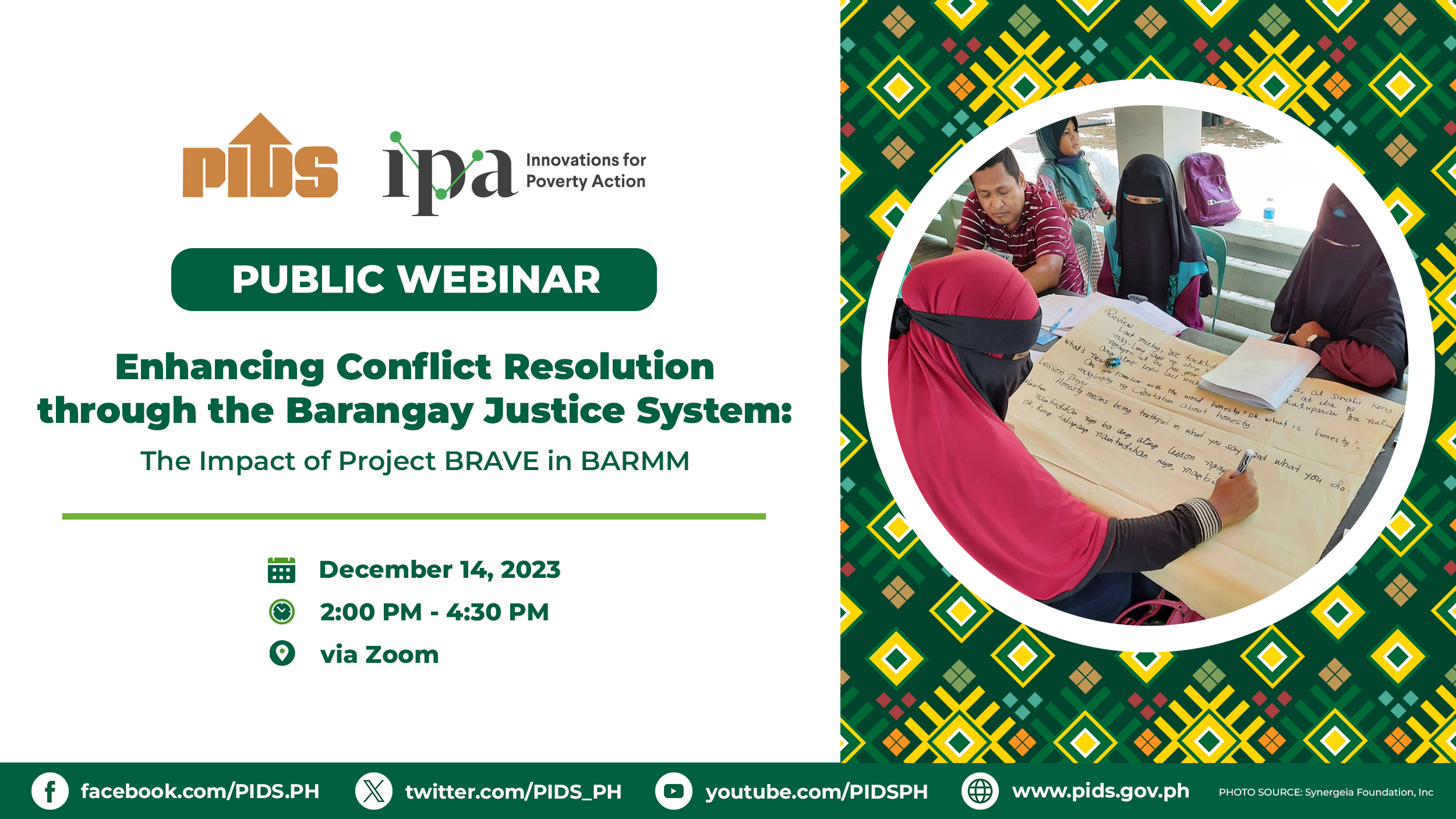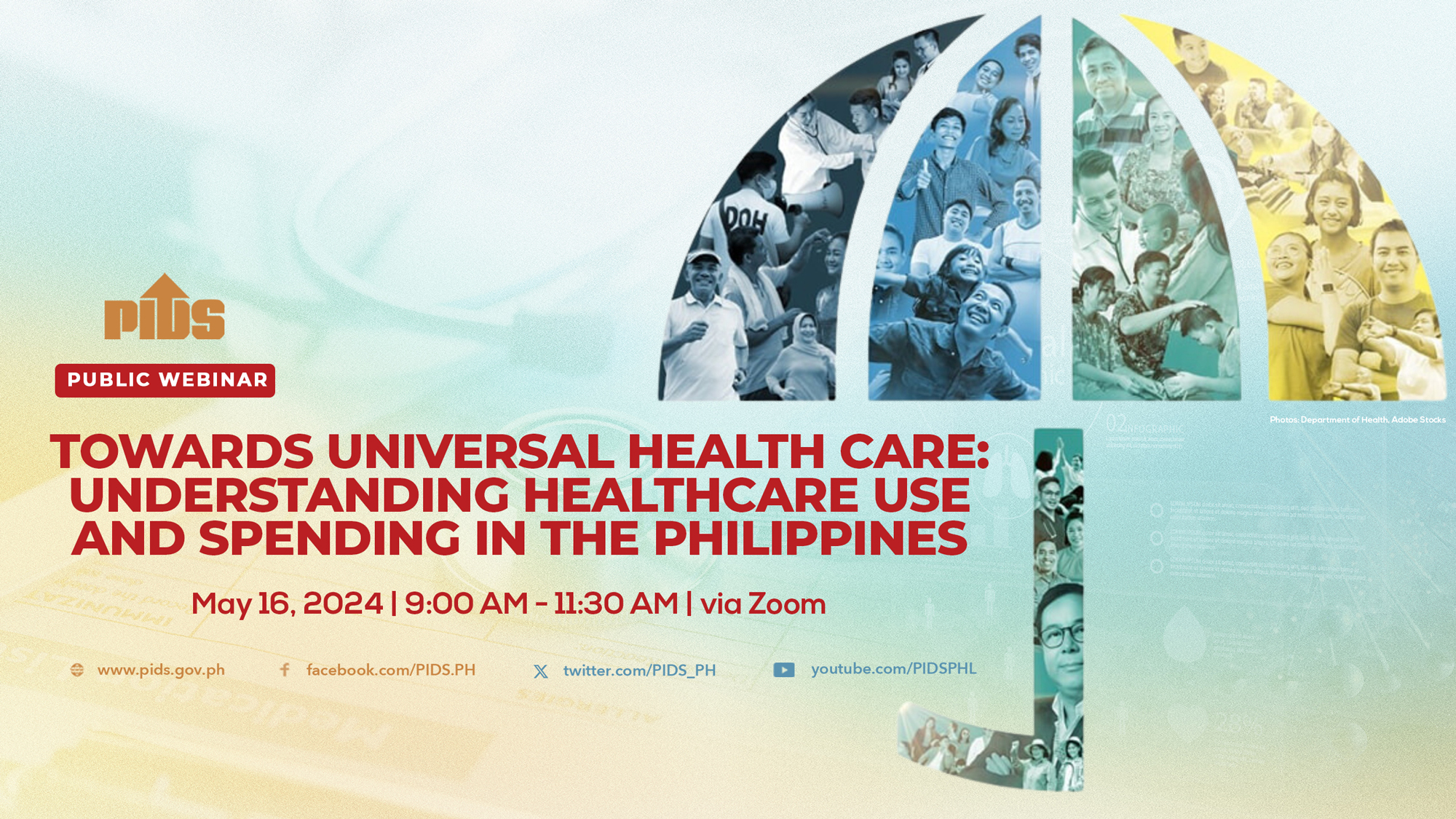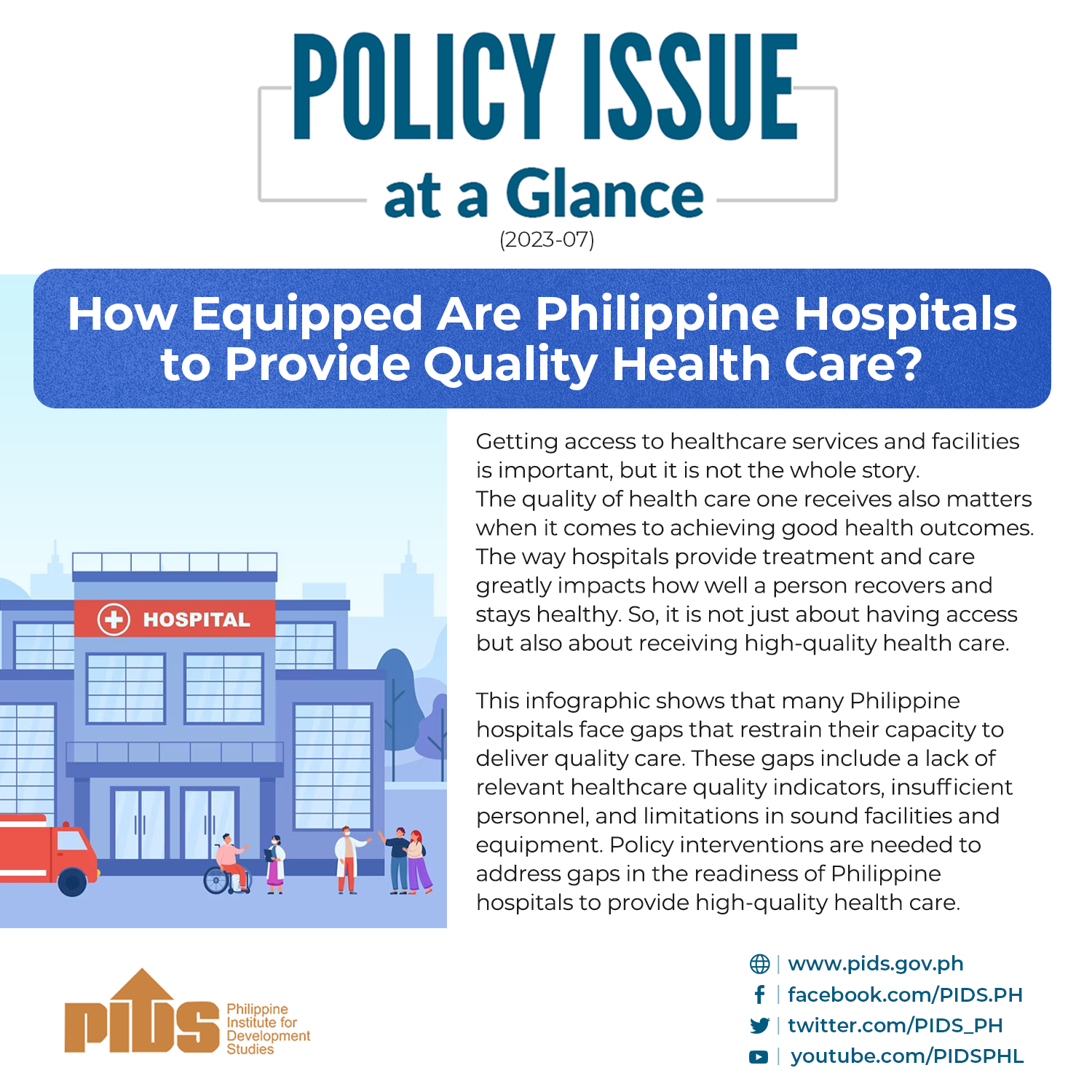THE COVID-19 pandemic is an opportunity for the government to improve our healthcare system. Let’s not forget that we face other health concerns such as the growing cases of non-communicable diseases (NCDs) – now the “leading causes of disease burden” in the Philippines, according to the state think tank Philippine Institute for Development Studies.
NCDs are “conditions of long duration and slow progression” such as cancers, chronic respiratory diseases, cardiovascular diseases, and diabetes. Based on the Institute for Health and Metrics and Evaluation report, the contribution of NCDs to total deaths in the Philippines grew from 39 percent in 1990 to 64 percent in 2019. Among the country’s top NCDs are ischemic heart disease, stroke, chronic kidney disease, diabetes, and low back pain.
NCDs are projected to increase in the medium and long term. And without path-breaking interventions, cases could double by 2040. For instance, the number of Filipinos with hypertension will increase from 14 million in 2020 to 30 million in 2040.
Is the Philippine health system equipped to handle NCDs? Ours is historically designed and oriented to treating infectious diseases, and focused on promoting maternal and child health. It must also be pointed out that our primary health care (PHC) facilities are scarce and not very accessible to communities. Our national goal should be for all Filipinos to have access to primary health care facilities, and within 30 minutes ideally, according to experts. Currently, the Philippines has 2,600 rural health centers (RHUs). However, based on geospatial analysis, only half of the population has access to RHU within this duration.
PHC serves as the point of contact of individuals, families, and communities into the healthcare system. It also provides greater access to early management of the disease through first contact, continuous, and integrated healthcare services.
There is also a lack of healthcare staff in PHC facilities. A typical RHU needs at least one medical doctor, a nurse, and a midwife. The current supply of primary care physicians is not enough to meet the population’s future health needs. Based on the Philippine Health Facility Development Plan (2020-2040), about 50,000 PHC physicians are needed to meet the PHC demand.
In terms of funding, only four percent of the country’s health spending went to PHC facilities. Based on the 2019 Philippine National Health Accounts, if the country’s health spending is disaggregated by type of healthcare provider, pharmacy accounted for approximately 30 percent; general public hospital, 19 percent; private hospital, 16 percent; and PHC facility only four percent.
There is a need to address these weaknesses in our healthcare system to beef up capacity. No less than the World Health Organization noted that a robust primary healthcare system is a critical strategy to address NCDs.












